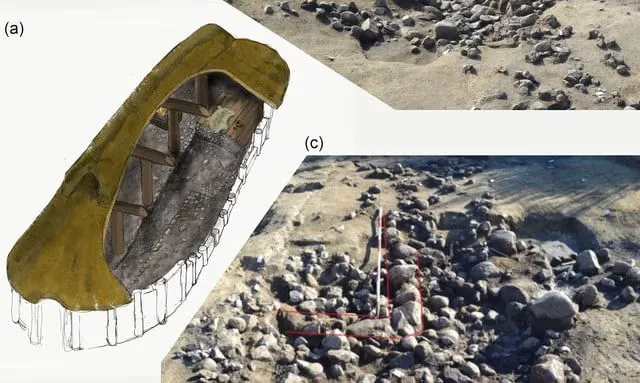Too advanced for the time: 5,000-year-old building technology found under a Neolithic house in Denmark
Kyiv • UNN
Archaeologists in Denmark have discovered an underground structure dating back to the Neolithic era that could have been used as a refrigerator. The discovery may be one of the oldest cellars in Europe, indicating a technological breakthrough.

In Denmark, during archaeological excavations, a construction technology was discovered that was too advanced for the Neolithic era. This was reported by The Independent, referring to a study in the journal Radiocarbon, UNN reports.
Details
Excavations at site Nygårdsvej 3 have uncovered the remains of several ancient houses that show signs of the funnelware culture, such as internal pillars supporting a large roof. The floors are most likely made of a compacted mixture of sand and clay called loam. Nowadays, it is used as a flooring material.
The site on which these structures were built appears to have been strategically chosen, with a slight elevation that provides views of the surrounding area and keeps it above the flood zone of nearby swamps and streams,
Archaeologists have also found approximately one thousand artifacts at the site, including flint tools, pottery shards, and fossilized sea urchins, almost all of which were located around the sunken, stone-paved object.

Most likely, this underground structure had a more stable temperature and was isolated from seasonal climate fluctuations, and was intended to store food. Scientists believe that such a structure could be used as a refrigerator in summer and winter.
If this is confirmed by further research, the structure could be considered one of the oldest cellars built in Europe, marking a giant technological leap in resource conservation,
In addition, there is evidence that there was a much older fence structure on the site, which had seven parallel lines, dating from between 3600 and 3500 BC.
The archaeological results from Nygårdsvej 3 provide important insights into the structures and features of Neolithic Denmark. The fact that an underground structure was present at the site emphasizes how much each site can expand our knowledge of the Stone Age,